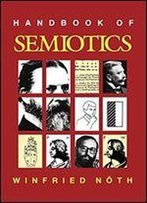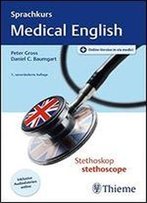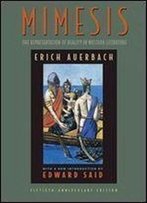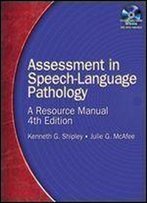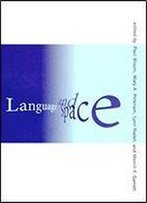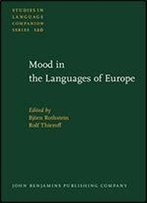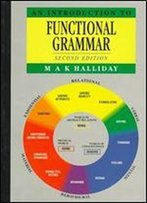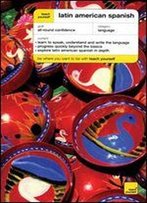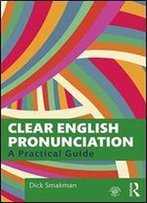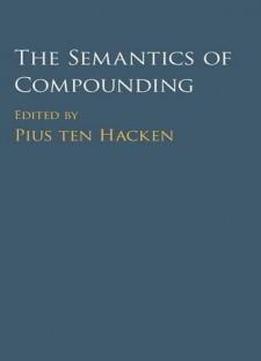
The Semantics Of Compounding
by Pius ten Hacken /
2016 / English / PDF
2.8 MB Download
The question of how to determine the meaning of compounds was
prominent in early generative morphology, but lost importance after
the late 1970s. In the past decade, it has been revived by the
emergence of a number of frameworks that are better suited to
studying this question than earlier ones. In this book, three
frameworks for studying the semantics of compounding are presented
by their initiators: Jackendoff's Parallel Architecture, Lieber's
theory of lexical semantics, and Štekauer's onomasiological theory.
Common to these presentations is a focus on English noun-noun
compounds. In the following chapters, these theories are then
applied to different types of compounding (phrasal, A+N,
neoclassical) and other languages (French, German, Swedish, Greek).
Finally, a comparison highlights how each framework offers
particular insight into the meaning of compounds. An exciting new
contribution to the field, this book will be of interest to
morphologists, semanticists and cognitive linguists.
The question of how to determine the meaning of compounds was
prominent in early generative morphology, but lost importance after
the late 1970s. In the past decade, it has been revived by the
emergence of a number of frameworks that are better suited to
studying this question than earlier ones. In this book, three
frameworks for studying the semantics of compounding are presented
by their initiators: Jackendoff's Parallel Architecture, Lieber's
theory of lexical semantics, and Štekauer's onomasiological theory.
Common to these presentations is a focus on English noun-noun
compounds. In the following chapters, these theories are then
applied to different types of compounding (phrasal, A+N,
neoclassical) and other languages (French, German, Swedish, Greek).
Finally, a comparison highlights how each framework offers
particular insight into the meaning of compounds. An exciting new
contribution to the field, this book will be of interest to
morphologists, semanticists and cognitive linguists.
